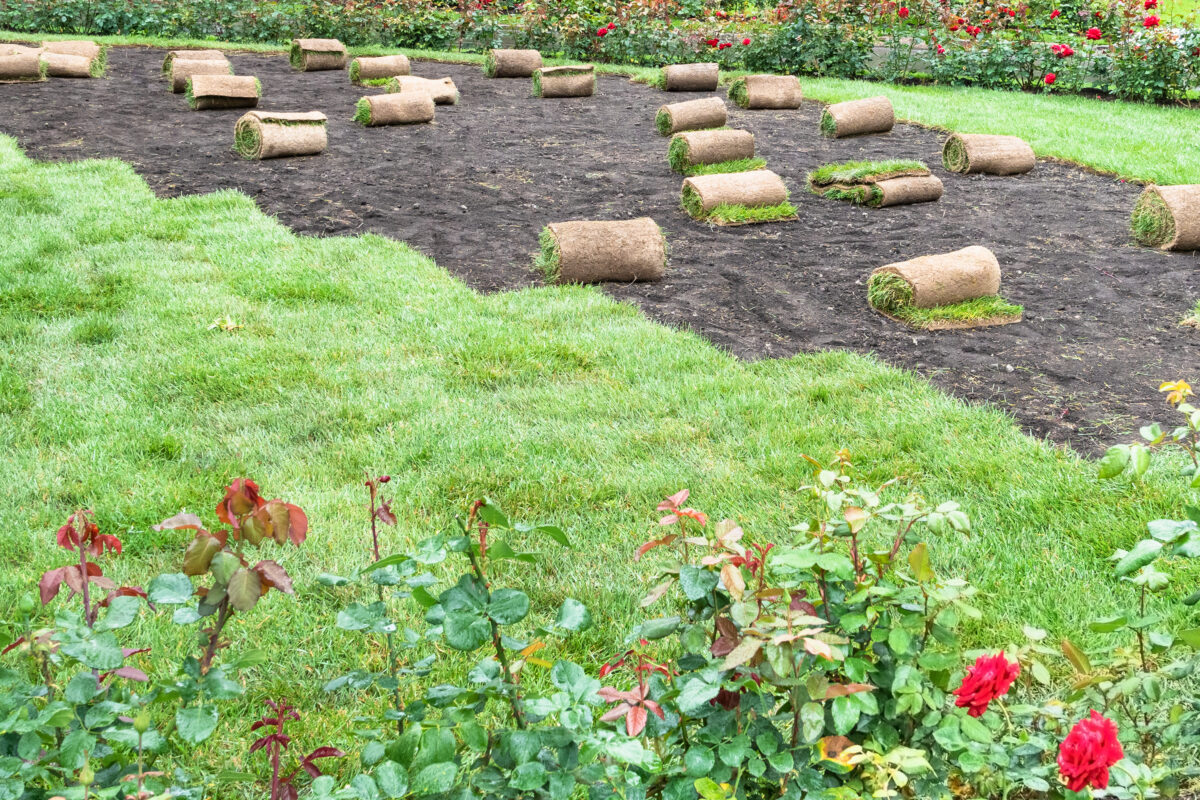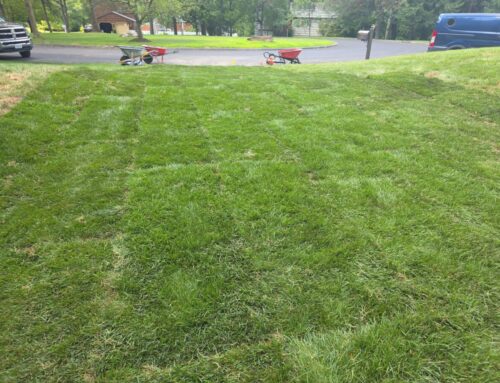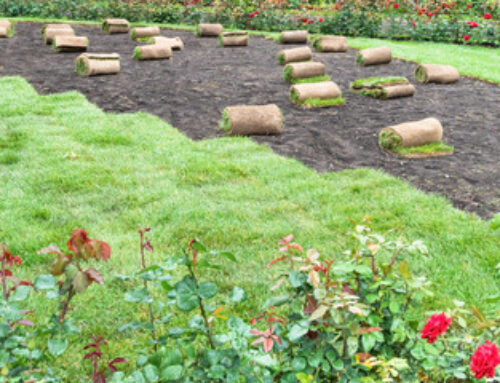Installing fresh sod is one of the fastest ways to get a green, lush lawn on Long Island—but keeping it healthy requires just a bit of know-how. We’ve worked with thousands of homeowners across Nassau and Suffolk counties, and over the years, we’ve seen the same issues pop up again and again.
Here are five of the most common sod care mistakes Long Islanders make, and how to fix them before they cost you time, money, or a ruined lawn.
1. Watering Too Little… or Too Much
This is easily the most common misstep—and one that can cause your new sod to dry out or rot from the roots up.
The Mistake:
- Not watering enough during the first two weeks
- Overwatering to the point of soggy, fungus-prone grass
- Watering at the wrong time of day (hint: avoid high sun!)
The Fix:
For the first 10–14 days, water your sod once or twice daily, early morning and/or late evening. The goal is to keep the soil beneath the sod moist but not soaked. After the sod has rooted (you can tug on a corner to test), gradually reduce watering to a normal lawn schedule.
Pro Tip: Suffolk’s sandy soil drains faster—homeowners there may need slightly more frequent watering than those in Nassau.
2. Mowing Too Soon (or Too Late)
Timing is everything when it comes to that first mow.
The Mistake:
- Mowing before the sod has rooted—this can tear the turf
- Letting the grass grow too tall and then cutting too much at once
The Fix:
Wait until the sod is firmly rooted—typically around 2–3 weeks after installation. When you do mow, never remove more than 1/3 of the grass blade height in one cut. Keep your mower blades sharp, and mow when the grass is dry.
3. Skipping Fertilizer in the Early Months
Sod may look healthy when it’s first installed, but without nutrients, it won’t stay that way.
The Mistake:
- Assuming sod doesn’t need fertilizing for months
- Using the wrong type of fertilizer at the wrong time
The Fix:
Apply a starter fertilizer about 4–6 weeks after installation. This gives the grass a nutrient boost as it begins to establish deeper roots. After that, follow a regular schedule (spring, summer, and fall)—but avoid fertilizing in extreme heat.
Not sure which fertilizer to use? We can help you choose one based on your grass type and season.
4. Ignoring Soil Prep Before Installation
This one’s technically a pre-care mistake—but it’s one that haunts homeowners post-install.
The Mistake:
- Laying sod over compacted soil, weeds, or dead grass
- Skipping tilling or leveling before installation
The Fix:
Before sod ever touches your property, the soil should be cleared, leveled, and lightly tilled. If your soil is compacted (common in Nassau), consider aeration or a light topsoil layer. Proper prep ensures your sod roots easily and evenly.
If you’ve already laid sod and skipped this step, all is not lost—but be extra diligent with watering and fertilizing until roots take hold.
Letting Weeds Creep In
One of the benefits of sod is that it forms a dense layer that blocks most weeds—but neglect it for too long, and crabgrass and clover will find a way.
The Mistake:
- Allowing weeds to take hold in bare spots or along the edges
- Using weed killers too soon after installation (which can damage the sod)
The Fix:
Inspect your lawn weekly during the first two months. Hand-pull any early weed growth, and wait at least 3–4 weeks before using any weed control treatments. Once the sod is established, use pre-emergent products in early spring and post-emergent products only as needed.
Healthy Sod Starts with the Right Habits
Avoiding these common pitfalls will set your lawn up for long-term success—whether you’ve just had sod delivered to your home in Nassau, or you’re prepping for an install out east in Suffolk.
At Long Island Sod Company, we don’t just sell grass—we help homeowners build and maintain lawns they can be proud of. Whether you need help with prep, product choice, or care guidance, our team is here to help.
📞 Need sod care advice or planning help?
Let’s talk. Contact us today and we’ll help make your lawn thrive.







